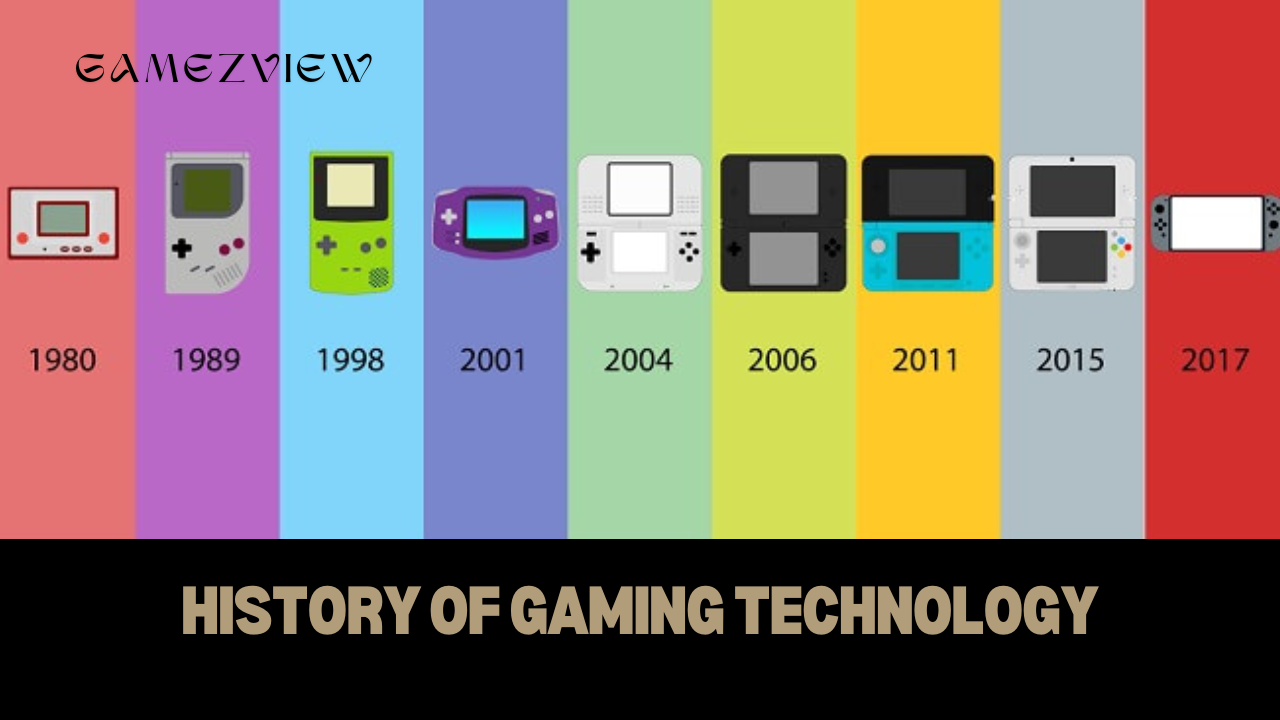In the modern business landscape, customer experience (CX) has emerged as a key differentiator and competitive advantage for companies across various industries. The role of technology in enhancing customer experience cannot be overstated, as it has fundamentally transformed the way businesses interact with their customers. From personalized services to seamless communication channels, technology has enabled companies to offer more tailored, efficient, and satisfying experiences that build loyalty and drive growth. This article explores the various ways technology is enhancing customer experience, the benefits it brings to businesses, and the challenges that need to be addressed.
The Evolution of Customer Experience in the Digital Age
Customer experience has always been central to business success, but the digital age has brought about a paradigm shift in how it is delivered. Traditional methods of customer engagement, such as face-to-face interactions and telephone support, have given way to digital channels like websites, social media, and mobile apps. This evolution has been driven by technological advancements, particularly the rise of the internet and mobile devices, which have made it possible for businesses to reach customers anytime and anywhere.
In the early days of digital transformation, businesses focused on establishing an online presence and automating processes to improve efficiency. However, as competition intensified and customer expectations grew, companies began to recognize the importance of delivering exceptional experiences at every touchpoint. This shift in focus from efficiency to experience has led to the integration of various technologies aimed at enhancing customer satisfaction, loyalty, and overall brand perception.

Key Technologies Driving Customer Experience Enhancement
Several key technologies have played a crucial role in transforming customer experience. These technologies enable businesses to gather and analyze customer data, personalize interactions, streamline processes, and provide support in real-time. The following are some of the most significant technologies driving customer experience enhancement:
1. Artificial Intelligence (AI) and Machine Learning
Artificial intelligence (AI) and machine learning are at the forefront of customer experience enhancement. These technologies enable businesses to analyze vast amounts of customer data, identify patterns, and predict customer behaviour. AI-powered tools such as chatbots, virtual assistants, and recommendation engines allow companies to deliver personalized experiences at scale.
For example, AI-driven chatbots can provide instant support to customers by answering common queries, guiding them through the purchasing process, and resolving issues without human intervention. This not only improves efficiency but also ensures that customers receive timely assistance. Machine learning algorithms can analyze customer preferences and behaviours to offer personalized product recommendations, increasing the likelihood of conversions and fostering a deeper connection between the brand and the customer.
2. Customer Relationship Management (CRM) Systems
Customer relationship management (CRM) systems are essential tools for managing and enhancing customer experience. These systems allow businesses to store and organize customer data, track interactions, and analyze customer journeys. By centralizing customer information, CRM systems enable companies to deliver more personalized and consistent experiences across all channels.
CRM systems also facilitate better communication between different departments within an organization, ensuring that everyone has access to the same customer information. This leads to more cohesive and coordinated interactions with customers, reducing the risk of miscommunication and improving overall satisfaction. Additionally, CRM systems can automate various customer-facing processes, such as email marketing campaigns and follow-up reminders, further enhancing the customer experience.
3. Omnichannel Communication
In today’s digital world, customers expect to interact with businesses through multiple channels, including websites, social media, mobile apps, email, and phone. Omnichannel communication technologies enable companies to provide a seamless and consistent experience across all these touchpoints. This means that customers can start an interaction on one channel and continue it on another without having to repeat themselves or lose context.
For instance, a customer might begin a conversation with a brand on social media, receive follow-up information via email, and finalize a purchase on the company’s website. Omnichannel communication ensures that all these interactions are connected and coherent, leading to a more satisfying customer experience. Moreover, it allows businesses to gather data from multiple sources, providing a more comprehensive view of the customer journey.
4. Data Analytics and Big Data
Data analytics and big data technologies are critical for understanding customer behaviour and preferences. By analyzing large datasets, businesses can gain valuable insights into customer needs, pain points, and motivations. These insights can then be used to tailor products, services, and interactions to better meet customer expectations.
For example, data analytics can help businesses identify trends in customer feedback, allowing them to address common issues and improve their offerings. Big data can also be used to segment customers based on various criteria, such as demographics, purchasing behaviour, and engagement levels. This segmentation enables companies to deliver more targeted and relevant experiences, increasing customer satisfaction and loyalty.
5. Mobile Technology
The proliferation of smartphones and mobile devices has had a profound impact on customer experience. Mobile technology has made it possible for customers to interact with businesses anytime and anywhere, leading to the rise of mobile-first strategies. Companies are now optimizing their websites, apps, and services for mobile devices to ensure a seamless and user-friendly experience.
Mobile apps, in particular, have become a vital tool for enhancing customer experience. They offer a convenient way for customers to access products and services, track orders, receive notifications, and communicate with brands. Mobile apps also provide businesses with valuable data on customer behaviour, which can be used to further personalize and improve the experience.
6. Augmented Reality (AR) and Virtual Reality (VR)
Augmented reality (AR) and virtual reality (VR) technologies are revolutionizing the way customers interact with products and services. These immersive technologies enable customers to experience products more engagingly and interactively, bridging the gap between online and offline shopping experiences.
For instance, AR apps allow customers to visualize how a piece of furniture would look in their home before making a purchase. Similarly, VR can provide customers with virtual tours of real estate properties or let them try on clothes in a virtual fitting room. By offering these immersive experiences, businesses can reduce the uncertainty and hesitation associated with online shopping, leading to higher conversion rates and customer satisfaction.
Benefits of Technology-Driven Customer Experience Enhancement
The integration of technology into customer experience strategies offers numerous benefits for businesses. These advantages not only improve customer satisfaction but also contribute to long-term business success. Some of the key benefits include:
1. Improved Customer Satisfaction
Technology enables businesses to deliver more personalized, efficient, and convenient experiences, leading to higher levels of customer satisfaction. When customers feel understood and valued, they are more likely to remain loyal to a brand and recommend it to others. Satisfied customers are also less likely to churn, reducing the cost of acquiring new customers.
2. Increased Customer Loyalty and Retention
By leveraging technology to enhance customer experience, businesses can build stronger relationships with their customers. Personalized interactions, seamless communication, and responsive support all contribute to a positive customer experience, which in turn fosters loyalty. Loyal customers are more likely to make repeat purchases, engage with the brand on social media, and participate in referral programs, driving long-term revenue growth.
3. Higher Conversion Rates
Technology-driven customer experience initiatives can lead to higher conversion rates by removing friction from the customer journey. For example, AI-powered recommendation engines can suggest relevant products based on a customer’s browsing history, increasing the likelihood of a purchase. Similarly, seamless omnichannel experiences ensure that customers can easily move through the sales funnel, from initial awareness to final purchase.
4. Enhanced Operational Efficiency
Automation and data-driven decision-making enabled by technology can significantly improve operational efficiency. For instance, chatbots can handle a large volume of customer inquiries simultaneously, freeing up human agents to focus on more complex issues. Data analytics can also help businesses identify inefficiencies in their processes and make informed decisions to optimize resources.
5. Better Understanding of Customer Needs
Technology allows businesses to collect and analyze vast amounts of customer data, providing valuable insights into customer needs, preferences, and behaviours. This deeper understanding enables companies to tailor their offerings and interactions to better meet customer expectations. By staying attuned to customer needs, businesses can remain competitive and agile in a rapidly changing market.
6. Competitive Advantage
In an increasingly crowded marketplace, delivering a superior customer experience can be a key differentiator. Companies that leverage technology to enhance customer experience are better positioned to stand out from the competition. A positive customer experience can also lead to word-of-mouth referrals and positive online reviews, further strengthening a company’s reputation and attracting new customers.
Challenges in Implementing Technology for Customer Experience
While the benefits of technology-driven customer experience enhancement are clear, there are also several challenges that businesses must address to achieve success. These challenges include:
1. Data Privacy and Security
As businesses collect and store more customer data, ensuring the privacy and security of this information becomes increasingly important. Data breaches and privacy violations can erode customer trust and lead to significant legal and financial consequences. Companies must invest in robust cybersecurity measures and comply with data protection regulations to safeguard customer information.
2. Integration of Technology with Existing Systems
Implementing new technologies often requires integration with existing systems and processes, which can be complex and time-consuming. Businesses may face challenges in ensuring that different technologies work seamlessly together and that data flows smoothly between systems. This requires careful planning, investment in integration tools, and collaboration between IT and business teams.
3. Balancing Automation with Human Touch
While automation can improve efficiency and consistency, it is essential to strike the right balance between automated and human interactions. Customers still value the human touch, especially when dealing with complex issues or emotional situations. Businesses must ensure that automation enhances rather than replaces the human element of customer experience.
4. Keeping Up with Rapid Technological Advancements
The pace of technological change is accelerating, and businesses must continuously adapt to stay ahead. This requires ongoing investment in new technologies, as well as the ability to quickly implement and scale new solutions. Companies that fail to keep up with technological advancements risk falling behind competitors and losing customers to more innovative brands.
5. Ensuring Accessibility for All Customers
As businesses adopt new technologies to enhance customer experience, it is crucial to ensure that these solutions are accessible to all customers, including those with disabilities. This may involve designing websites and apps with accessibility features, providing alternative communication channels, and ensuring that AI-driven tools are inclusive and non-discriminatory.
Technology has become an integral part of enhancing customer experience, enabling businesses to deliver more personalized, efficient, and satisfying interactions. From AI and machine learning to omnichannel communication and data analytics, the tools available today offer unprecedented opportunities to understand and meet customer needs. However, to fully realize the benefits of technology-driven customer experience enhancement, businesses must address challenges such as data privacy, system integration, and the balance between automation and human touch.
As customer expectations continue to evolve, companies that embrace technology and prioritize customer experience will be better positioned to thrive in the competitive landscape. By leveraging the power of technology, businesses can build stronger relationships with their customers, drive loyalty and retention, and ultimately achieve long-term success. The future of customer experience lies in the seamless integration of technology and human touch, creating experiences that are not only efficient and personalized but also meaningful and memorable.





